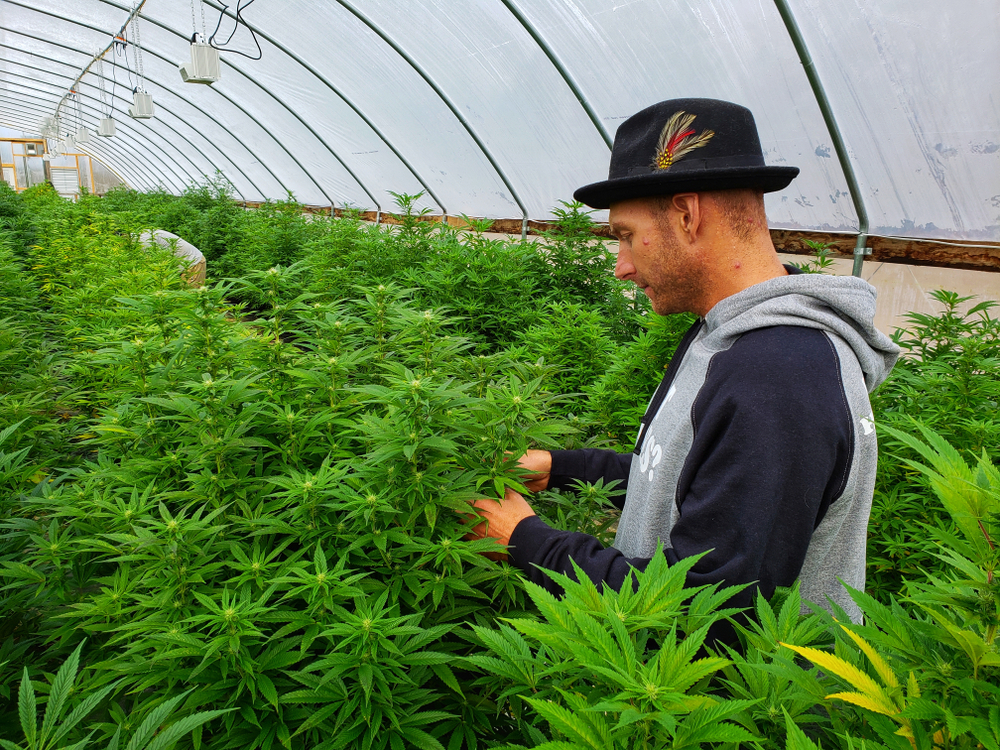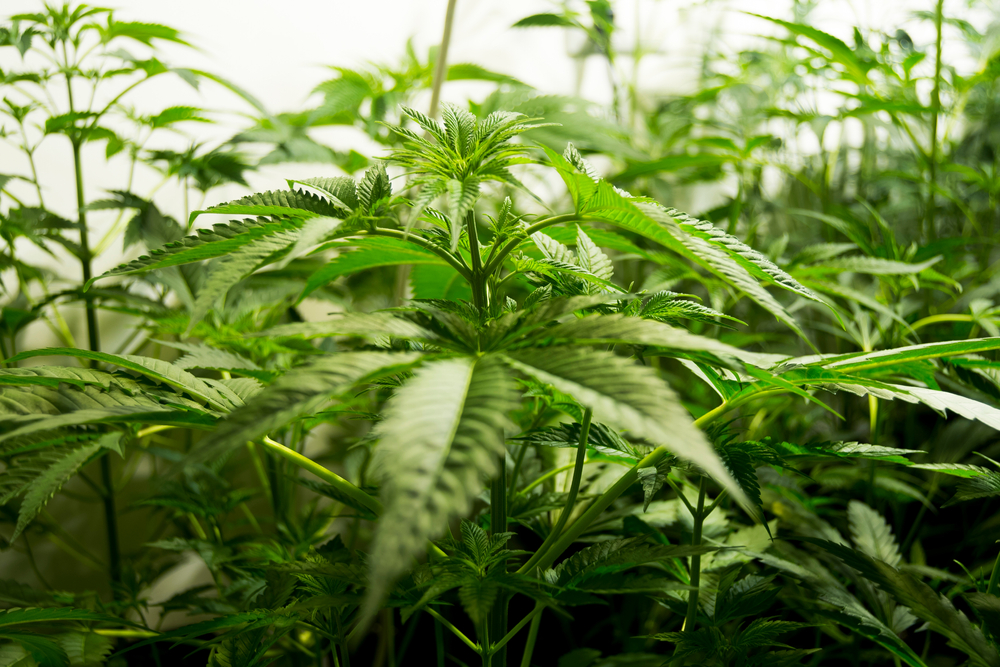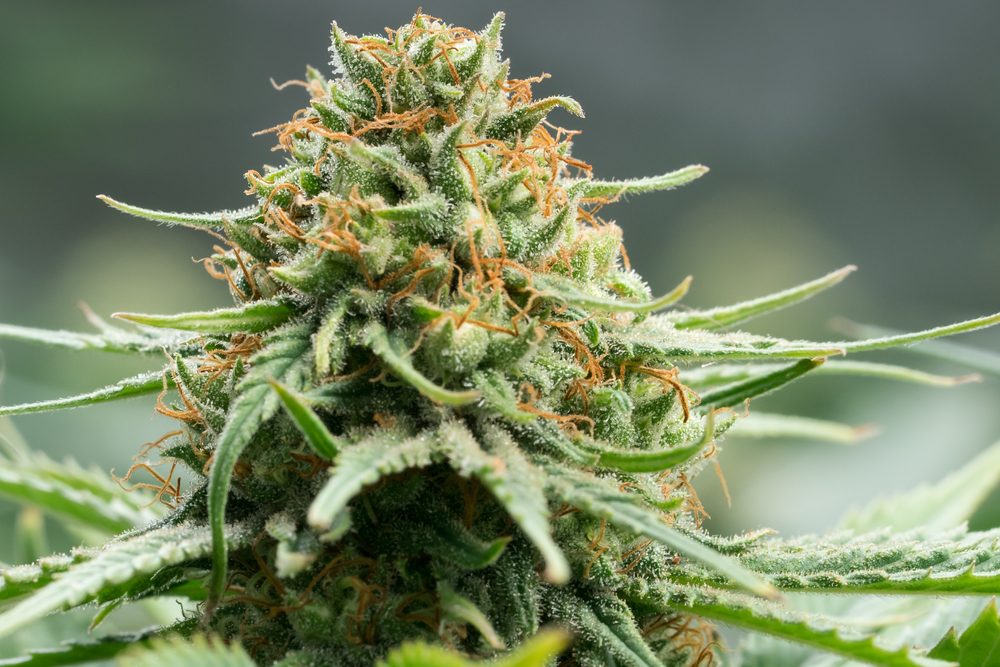Cannabis
Figuring Out Phenotype & How it Differs From Genotype
If you’ve been in the cannabis game for a while, you’ve likely heard the terms genotype and phenotype tossed around. But do you know what they mean?
If not, don’t sweat it. We’re here to shed some light on it for you! Essentially, these terms are used to describe the reasoning behind the different observable characteristics of your favourite types of bodacious bud.
After all, as kids, we learned that it’s our differences that make us special, right? The same goes for weed!
Even plants that fall under the category of the same strain can have a unique phenotype.
It’s kind of like how you may share similar genetics with people you’re related to. Just like your parents or siblings and share characteristics like the same hair colour or eye colour, but you aren’t completely alike.
Unless you’re identical twins, but even they aren’t 100% identical in most cases. However, that’s an entirely different conversation that we will not be covering today!
Instead, we will be delving into the phenomenal world of cannabis phenotypes. We will uncover what they are, how they differ from genotypes, why phenotype matters and how growers select the best ones.
So, put on your thinking caps and get ready to indulge in some cannabis curriculum!
What is a Phenotype?
To break it down, there are two primary contributors to how cannabis plants grow – genetic and environmental factors.
The genetic element, also known as a genotype, dictates how the plant will grow.
In other words, the genotype permits the plant – or other types of organisms – to grow in a wide range of different ways.
That said, it’s the particular indoor or outdoor conditions (depending on the grower’s conditions) that create the specific dominating observable characteristics.
This physical variation of the genotype is called the phenotype, or phenos for short.
The term phenotype describes the various elements the environmental factors pull from the weed plants’ genetics.
As such, the environment plays a crucial role in determining the outcome of the strain. Including, its shape, smell, colour, and potency.
So, to break it down and settle the genotype/phenotype confusion. A genotype describes the genetic makeup of an organism or its genetic ‘recipe.’
On the flip side, the definition of a phenotype describes an organism’s observable physical traits or the end result itself.
Before advancing the cannabis market and the innovation of technologies used in growing and cultivation, marijuana grew naturally in the form of landrace strains.
This still occurs, but now, manufacturers can have more influence to develop the specific set of desirable genes or traits that they want to grow.
In this sense, these natural variants were left to the devices of the specific climate and environmental conditions that they grew in.
Indica varieties, for example, adapted to the tougher, colder conditions of mountain ranges and other resilient environments. As such, they acclimatized by producing short and stocky plants.
On the other hand, sativa plants adapted to cope well with more humid, tropical environments, therefore producing taller plants with slim, leaner leaves.
Since then, cannabis breeders have gotten their hands on a wide collection of different seeds, allowing them to crossbreed to create new hybrid strains with an entirely new range of genotype and phenotype varieties.
Why do Strain Phenotypes Matter?
With the invention of this new hybrid category, growers have more wiggle room through accessing the broad selection of phenotypes and genotypes. As well as, experimenting with different genetic traits and combinations.
This diversity allows them to breed strains that are not only. In many instances, higher in potency but also more unique in terms of flavour, aromas and effects.
It is crucial for growers to understand the optimal relationship between environmental factors. Especially, temperature, humidity, lighting, nutrients and growth behaviours, to produce the best possible cultivars.
That said, even subtle conditions that are harder to regulate, like the spectrum of light, level of air circulation, trace gasses in the air. As well as, different water sources and day and night temperature fluctuations, can also have critical impacts on the overall growing behaviour.
It all starts with selecting the appropriate phenotype.
After growing all of the seeds, the grower will select the best one for its specific traits, including yield, bud density, aroma, potency, flavour, colour and more. Then, they’ll discard the others.
This process of elimination takes more than a few generation shifts over long periods of time. However, it’s all worth it in the end! The best pick is later mass-produced for sale, and that’s the weed that you buy!
These different circumstances, coupled with the particular phenotype and the grower’s individual space and equipment. This may even cause the creation of a biological sequence that produces an untapped phenotype. Thus, leading to that particular grower coming up with a strain entirely unique to them.
In this way, understanding the ideal growing conditions for specific seeds provides the grower with essential insight into how best to develop their cultivars. If you are interested in learning more about how to grow cannabis, check out our helpful guide here.
How do Growers Select the Best Phenotypes?

Ultimately, growers won’t know the precise phenotype variation they’ll get when they start to grow. Just looking at a weed seed won’t help you distinguish whether it’ll produce the results (aka traits) you want.
However, the best method to maximize their chances is by starting with high-quality seeds from a reliable, respectable, and reputable seed company. One easy way to tell if a seed company is legit is by determining how long it’s been in business.
A good cannabis seed company, also known as a seed bank. These will have at least 10 or 20 years of experience under its belt.
These seed banks will also know how to breed weed strains that supply a limited set of broadly similar plants from the same set of genes or genetic sources.
That said, you’ll see differences from plant to plant. That’s just the name of the game when growing from seeds.
Still, a well-bred strain will show a narrower range of results than an unstable seed variety made from less than favourable breeding practices.
Growers typically select a specific strain because of its flavour, smell and effects. Some may also pick for yield.
Other factors typically considered include the length of the flowering stage. The plants’ resilience and resistance to pests and fungus, and their genetic stability.
Phenotype – It’s All in the Genes
Essentially, a cannabis phenotype consists of the various inherited observable physical characteristics of the specific strain and plant. On the other hand, the genotype entails the particular genetic makeup and influences of organisms.
An organism’s phenotype, including righteous reefer, influences a wide range of characteristics. For example, its colour, aroma, flavour, bud density and more.
With the advancement of research, technology and breeding practices. As well as, growers now have more options concerning different strains and phenotypes than ever before. This diversity means arguably better, more desirable and more versatile products, so it’s a win-win-win for everybody!
With this in mind, the next time you spark up a joint, light your bowl, or pack your vape. Take a second to appreciate the diligent efforts of the growers and breeders that made this weed evolution possible.
By understanding the science behind the multiple genotype/phenotype influences, including environmental, determined and recessive characteristics. Thus, these individuals have the necessary knowledge to create the ideal conditions for the development of some of your favourite subsequent products.
It may seem like a small concept. But the idea of a phenotype goes to show how good things can come in small packages and make a big difference!


